Tokyo is a city that runs on the speed of caffeine and the hum of neon lights. It’s a place where you can find yourself lost without truly losing yourself—and, in some cases, the nearest subway exit. If you’ve got just 48 hours, brace yourself: you’ll need to pack a weekend’s worth of culture, sushi, and coffee into every single moment.
The busy capital of Japan is always teeming with life, with something to do and see on any given day! As the world’s most populated metropolis, Tokyo was once a small village called Edo and has an incredibly rich history. Tokyo is a huge, sprawling city that can seem impossible to tackle – especially when you’re short on time – but you can cover a lot with a little planning. Here is our guide to spending a weekend in Tokyo;
Please Download Our Mobile App here.
Best Time to Visit Tokyo
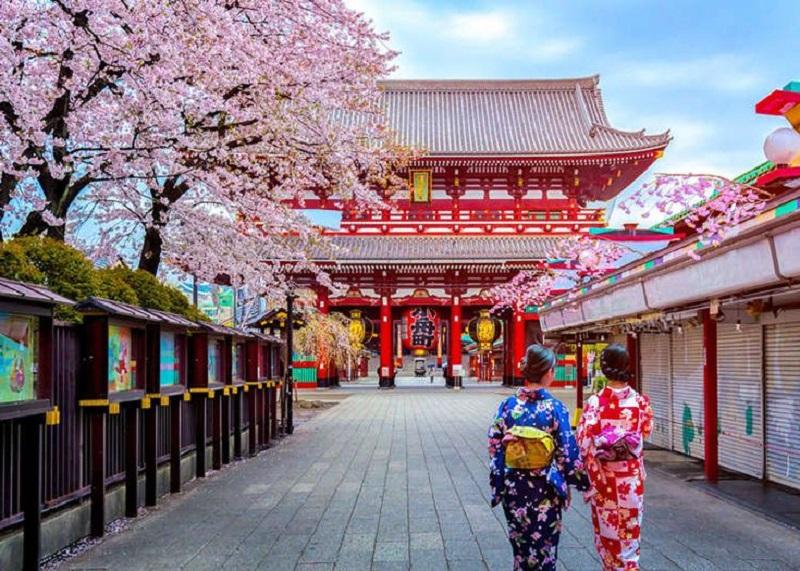
The best time to visit Tokyo depends on what you want to see and do, but spring and autumn are generally considered the most beautiful seasons. In spring (March to April), you can experience the iconic cherry blossoms, a cultural event in Japan. The weather is mild with little rainfall, and popular spots to view cherry blossoms include Ueno Park, Shinjuku Gyoen, and along the Sumida River.
Autumn (September to November) offers vibrant fall foliage with stunning reds, oranges, and yellows. The weather is cooler, and there are fewer crowds compared to spring. Some of the best places to see fall foliage include Rikugien Gardens and Mount Takao. May is another great time to visit, although it is often crowded and expensive due to Golden Week (a series of national holidays).
Things to do in Tokyo
Check Out Shibuya
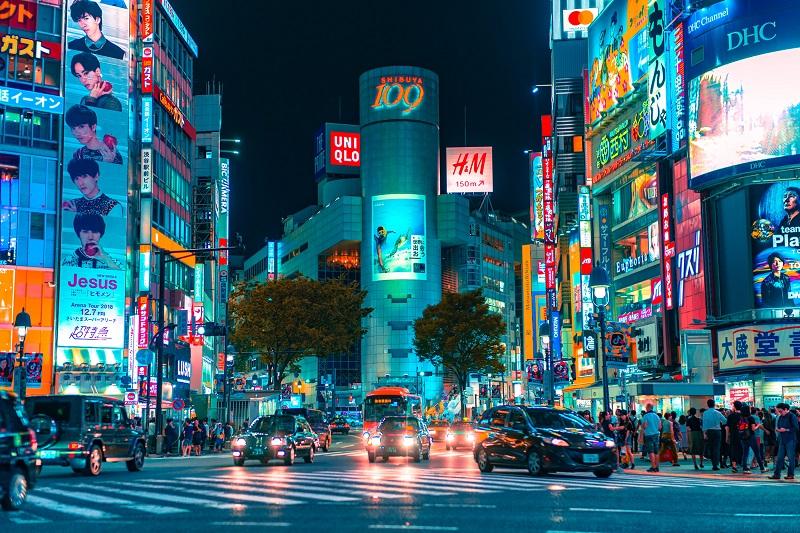
Shibuya is a vibrant district in Tokyo that comes alive both day and night, making it a must-visit for anyone looking to experience the city’s dynamic energy. Known for its densely-packed streets and brightly-lit atmosphere, Shibuya never truly sleeps. It’s especially popular with Tokyo’s youth, who flock to the area for its endless entertainment options.
The district has a wide variety of nightclubs, perfect for travelers seeking a night out. Also, its shops stay open late, making it an ideal night-time shopping destination. You can pop into one of the many Izakayas in Nonbei Yokocho for drinks with the locals or unwind at Udagawa Cafe for a late-night caffeine fix. If you’re in the mood to dance, head to Womb, one of the city’s most energetic clubbing venues.
Attend the weekend Farmer’s Market @UNU
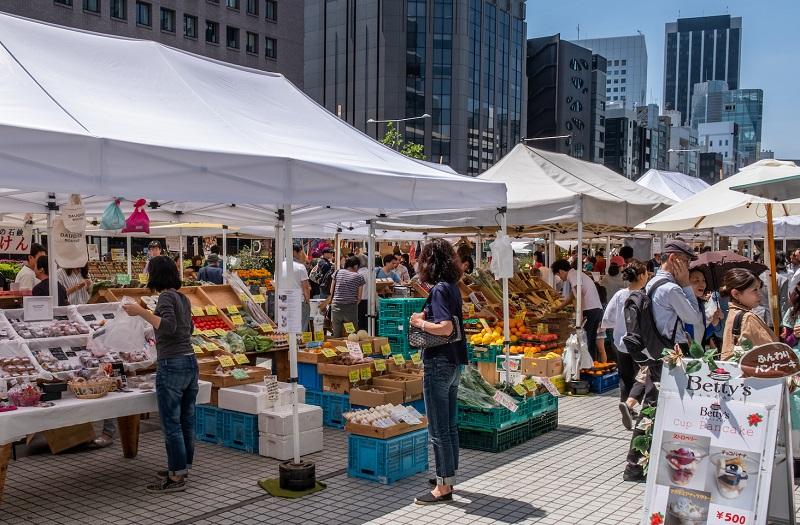
Attending the weekend Farmer’s Market @UNU is a must for anyone in Tokyo looking for a relaxed yet vibrant outing. Held in the plaza in front of the United Nations University on Aoyama-dōri, it’s widely considered the best farmer’s market in the city.
Every weekend, dozens of farmers from surrounding prefectures bring a bounty of organic fruits and vegetables, offering a refreshing change from the typical supermarket fare. For many Tokyoites, it’s a revelation to taste produce that’s so fresh and local.
In addition to the farm goods, you’ll find vendors offering everything from tea to pickles, preserves, and other delightful souvenirs. The market is also a social hub, with food trucks like Komeshiruna serving up delicious meals and plenty of picnic tables where you can casually enjoy brunch. The market also hosts additional events like coffee, wine, and sake festivals.
Check Out Sensō-ji
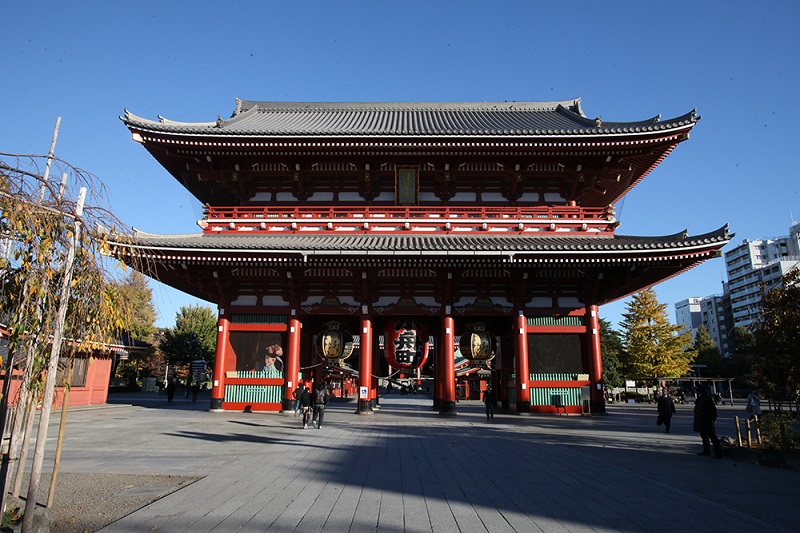
For history buffs, the stunning temple complex of Sensō-ji in the Asakusa area shouldn’t be missed. Asakusa is known as one of the more historical areas of the city with streets and independent craft stalls that nod to Tokyo’s past. At the heart of Asakusa is Sensō-ji. The Buddhist temple is the oldest in the city.
While it was founded in 628, the current building is much more modern as it had to be rebuilt after it was destroyed in the Second World War. Generally, you’ll arrive from Asakusa Station and walk towards the main temple underneath Kaminari-mon (the Thunder Gate), then along Nakamise shopping street.
As you near the main temple, you’ll see the sake barrels to your left, head under the Hozo-mon gate, and see the Five-Storied Pagoda. Everything here is a fabulous crimson color, and it’s one of the most popular places to visit and photograph in Tokyo. Arrive here early to beat the crowds or come later in the evening to see the temple lights.
Visit Ueno Park
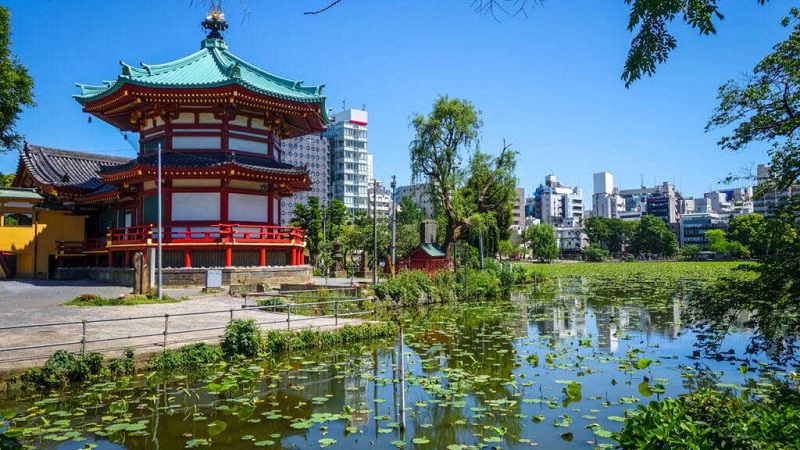
Around half an hour’s walk from Sensō-ji, you’ll find Ueno Park, a vibrant green oasis filled with so many things to do. Whether you’re looking to get active or simply relax, this is the place to be. If you’re interested in art and history, Ueno Park has six museums and galleries to explore.
The National Museum of Nature and Science, Japan’s only science museum, is located here. Art lovers can visit the Tokyo Metropolitan Art Museum, the National Museum of Western Art, the Ueno Royal Museum, and the beautiful Tokyo National Museum. Although the Shitamachi Museum is currently closed until the end of 2024, it’s a fantastic place to learn about Tokyo’s social history.
See the City from the Tokyo Skytree
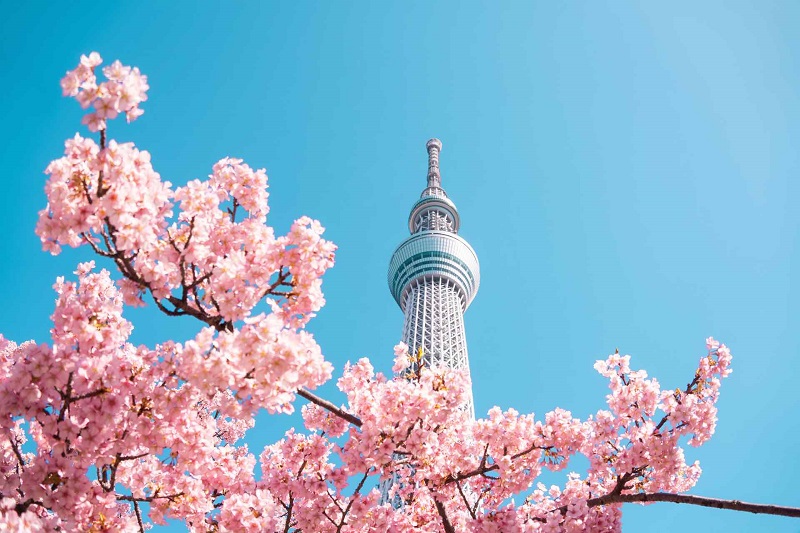
Get a bird’s eye view of the city at the Tokyo Skytree. With its iconic structure soaring above the city, it is easily recognizable all over Tokyo. At 634 meters high, the Skytree is the tallest structure in Japan and the tallest tower in the world. A trip up to the observation deck offers a breathtaking view of Tokyo’s vast cityscape, stretching out for miles.
On a clear day, you may even catch a glimpse of Mt. Fuji in the distance. If you time your visit to coincide with sunset, you’ll be treated to an epic sky backdrop to complement the city’s towering skyscrapers.
Conclusion
Tokyo in 48 hours is an adventure filled with contrast—serene shrines to hyper-modernity, tranquil gardens to chaotic shopping districts. It’s a place where everything is constantly moving and yet you can find a moment of stillness between the bustling crowds. From food markets to temples and towering skyscrapers, Tokyo offers a weekend you’ll never forget—and definitely will want to return for.



